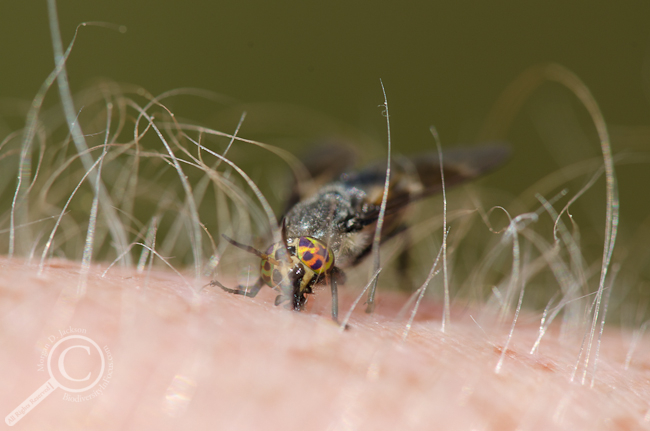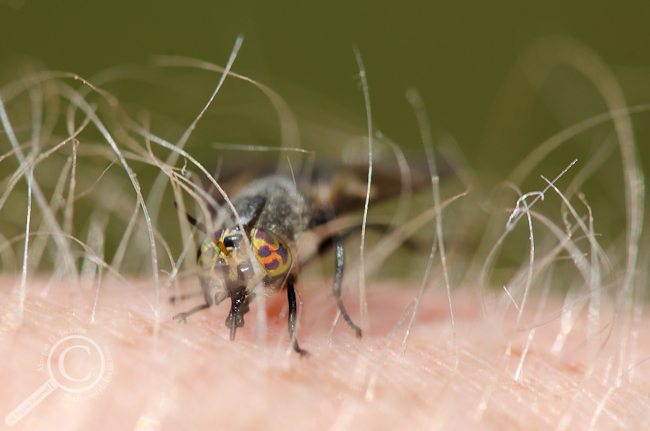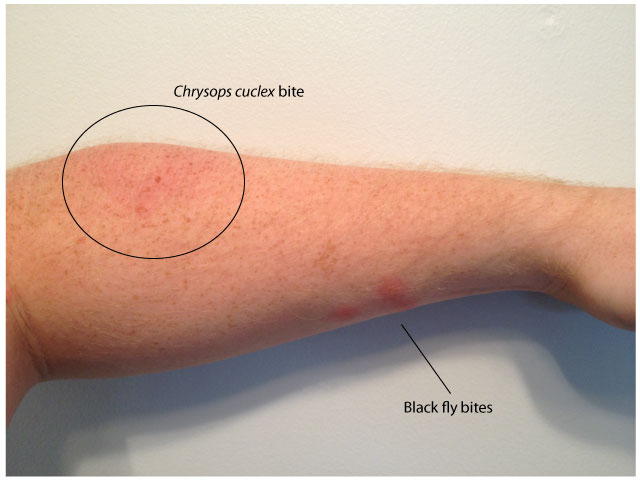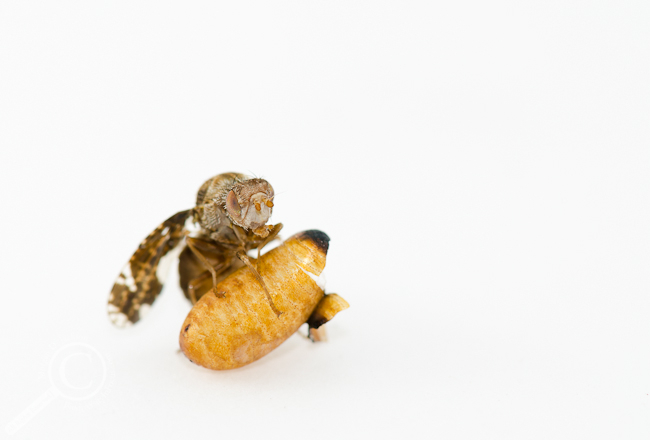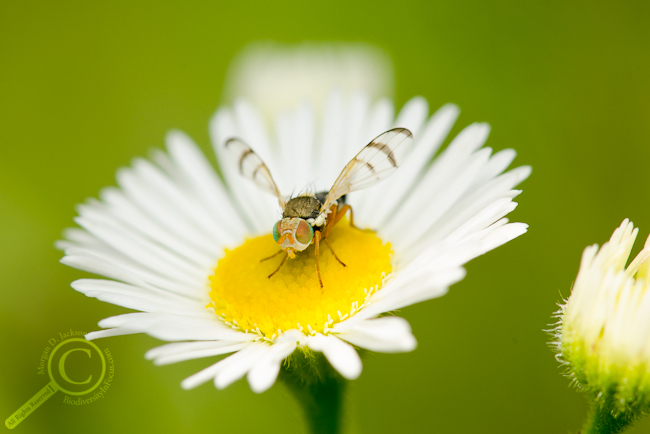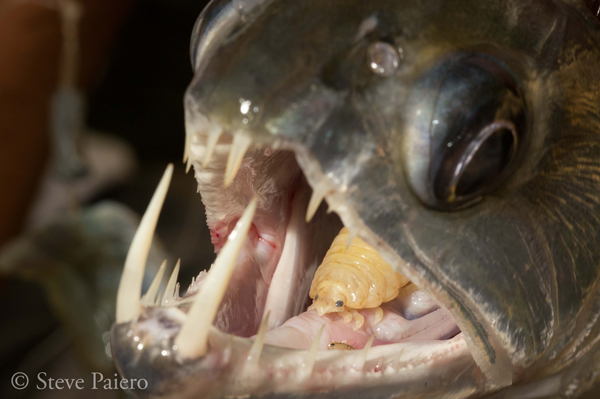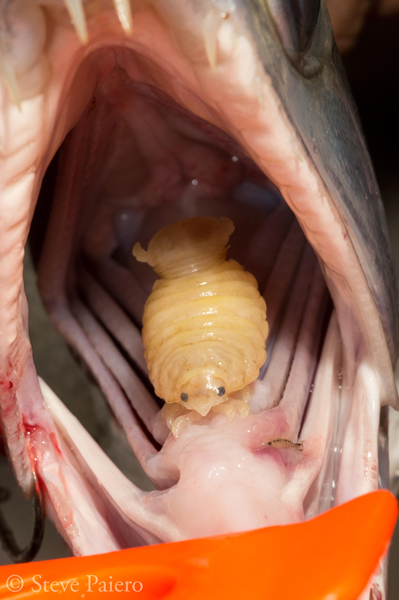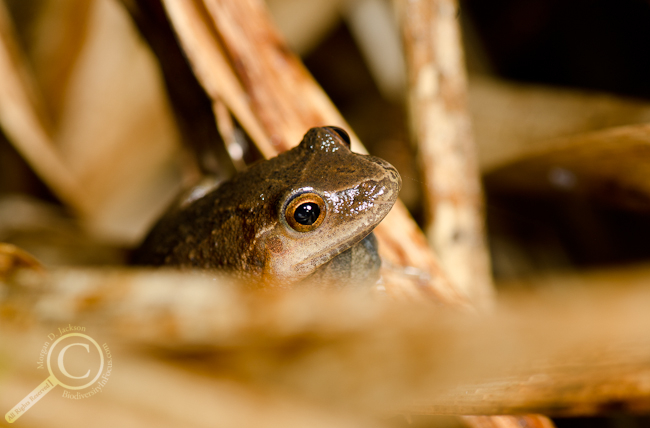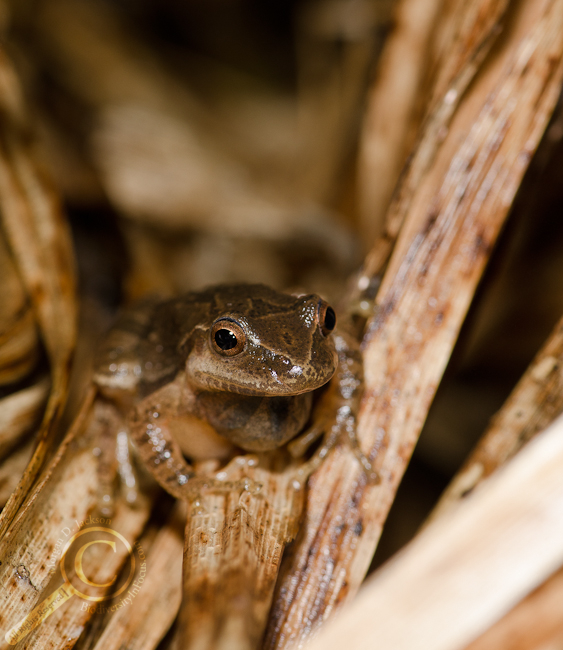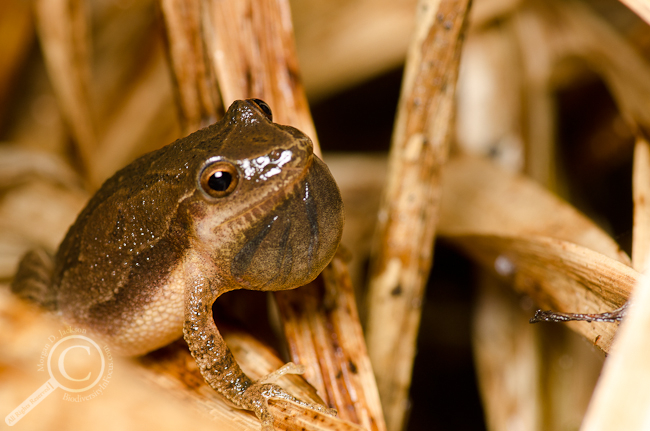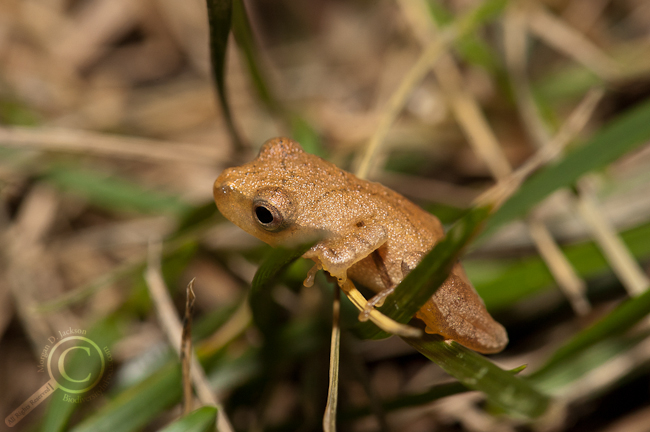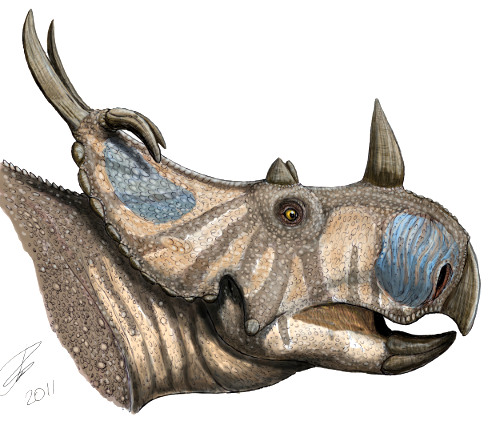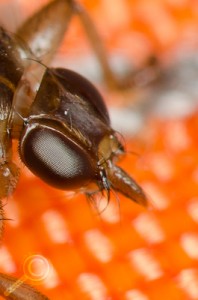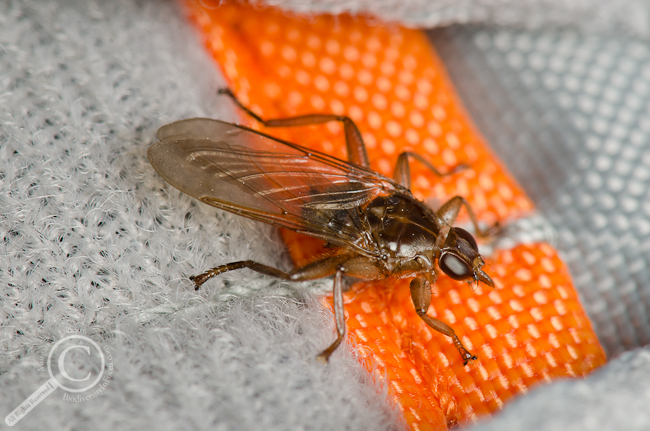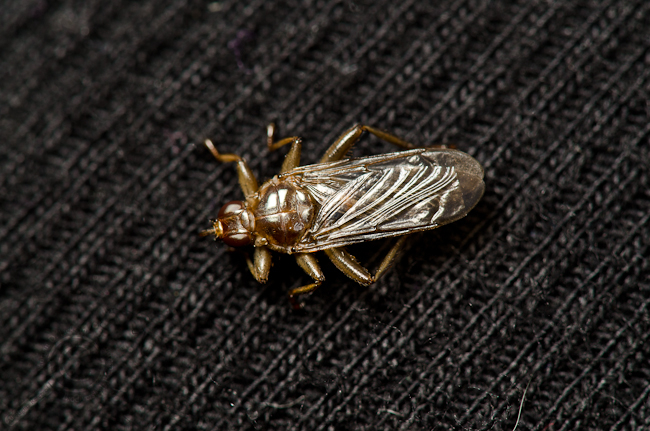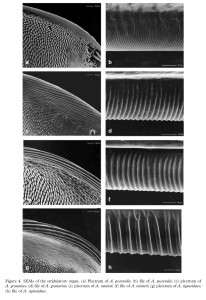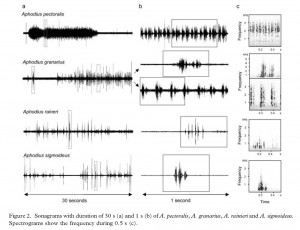This has been a very busy week for insect news & science, and there are a ton of great things to keep you busy reading all weekend. First though, I need to get something a little broader but incredibly important off my chest.
Prime Minister Stephen Harper’s War on Environmental Science
I don’t normally wade into discussing politics because 1) I don’t follow it as closely as perhaps I should and, 2) it can be a pretty controversial topic which can get messy in a hurry. I don’t want to weigh this week’s flypaper down too much, but I feel compelled to share a number of deeply concerning developments in the Canadian government’s recent cuts to environmental research.
If we’re not studying the affects of pollution on freshwater ecosystems, I guess we can still keep track of pollutants in marine environments. Wait, you mean that entire department has been cut as well? Oh. (As a slightly ironic aside, even the US media is picking this one up and questioning what the hell Canada is thinking)
Well, certainly our protected terrestrial environments will be studied and Canadian National Parks kept safe. No?! You have got to be kidding me. (It’s not only the natural history aspects of Parks Canada getting cut, it’s also our cultural history.)
Add to this the thousands of jobs cut across the Canadian Food Inspection Agency, Agriculture & Agri-Food Canada, Environment Canada, Public Health Agency of Canada and Health Canada, and it’s not hard to see that our current government views scientists & environmental research as an inconvenient truth (especially when they don’t tow the party line).
I’m incredibly proud to call Canada my home & native land, but am utterly ashamed of these “cost saving” measures being rapidly pushed through by the Conservative government. These short-sighted cuts will have long-lasting environmental ramifications well beyond the tenure of any political party’s leadership, will tarnish Canada’s reputation as an environmentally-friendly nation, and will hamper our ability to attract new minds to our universities, industries and governments. I have no doubt that in 10-15 years we will look back on this government and wonder “O Canada, what have you done?”
————
OK, that’s enough doom and gloom for one week. Now onto some bug links!
General Entomology
What would you classify angels as? If you said winged humans, you’re wrong. Clearly they’re insects. And in case you’re interested, the Taxonomy Fail Index for such a gaff is 122.3!
Tardigrades are pretty awesome, but this plush tardigrade by the Weird Bug Lady is way beyond cute!
Ani of Wanderer’s Eye documented the insect fauna of the Northwestern Ghats in India during last year’s monsoon season, and has put together an absolutely stunning e-book/slideshow. Amazing first step to documenting the insects of this poorly studied area; a must read!
Most people are familiar with entomopathogenic fungi in agricultural or tropical ecosystems, but what about in the Arctic? Chris Buddle explains why it’s important that we start learning about it soon.
Not shocking, but enlightening: city street lighting is changing the guild ecology of arthropods.
The Dragonfly Lady has 5 possible reasons why insects are so scarce in the ocean. I tend to follow the “Crustaceans were here first” line of thinking, but some of the other hypotheses are intriguing.
I’m not sure how I hadn’t heard of this project until now, but DrawWing aims to provide insect identifications via automated wing vein comparative analysis. Here’s some more info if you’re interested.
Diptera
It must be nearly summer, the stilt-legged flies are out and about again! Nice pictures of Rainieria antennaepes by Dave Stone at Things Biological.
Debbie Hadley at About.com Insects has a fun ID challenge this week. Think you can solve it?
How many flies are too many in a public bathroom? If you’re in Beijing, apparently 3…
One day I will make it to New Zealand and observe the caves of glow worms myself. Absolutely amazing spectacle, and something I can’t wait to see.
BugGuide.net is an awesome resource for North American insect lovers, and a big reason for that is the willingness of professional taxonomists like Terry Wheeler to contribute their time and knowledge to curating submitted images.
I suppose this great interview of Mohamed Noor is more about academia and evolutionary biology, but he uses fruit flies other than Drosophila/Sophophora melanogaster so I’ll leave it here in the fly files!
Hymenoptera
Bug Girl keeps the heat on the CCD-pesticide-bee health debate.
If you think all bees live in hives and produce honey, you’d best read this excellent primer on solitary bees by Africa Gomez at BugBlog.
Coleoptera
Ted MacRae has a touching tribute to Chuck Bellamy, a world-renowned expert in jewel beetle (Buprestidae) taxonomy, and the latest honorary member of the Coleopterists Society.
A genus of jewel beetles (Melanophila) have infra-red sensing organs more sensitive to forest fires than most man-made devices. Hot stuff!
Warning: this next link contains graphic images of beetles in compromising positions. What are they doing? You’ll just have to click to find out…
Lepidoptera
A lot is said about new digital cameras and their increasingly huge megapixel counts, but BunyipCo shows off the potential for entomology that a high megapixel camera can provide.
Arachnida
Earlier this year, major bank JP Morgan Chase suffered a multi-billion dollar financial meltdown, and it was just revealed that one of the leading causes was the chief executive being out of the office for significant amounts of time while she received treatment for Lyme Disease.
Another week, another stunning photo of a spider. This time by Rick Lieder at Bug Dreams.
Taxonomy/Biodiversity
This past Thursday was Carl Linnaeus’ 305 birthday, and the Biodiversity Heritage Library has a nice biography and a special download gift to help celebrate.
Natural history collections are a wealth of information, but sometimes that information comes in poorly appreciated packages. Like bottles of bird stomach contents cared for by an entomologist.
Other Fun Stuff
Scientific illustration meets comic book hero anatomy. Wicked anatomical drawing by Glendon Mellow.
 So it turns out you can perform your own backyard DNA extraction using only the ingredients you’ll find in a strawberry daiquiri served in a soapy glass…
So it turns out you can perform your own backyard DNA extraction using only the ingredients you’ll find in a strawberry daiquiri served in a soapy glass…
And now for a little etymological history. Ever wonder how those naughty little four letter words came into such infamy (or retreated from it)? Or why a question mark is squiggly while an exclamation mark is straight?
Finally, check out this great video about becoming a naturalist in your own backyard by the crew at Days Edge Productions. I loved every second of it!
Further Reading


